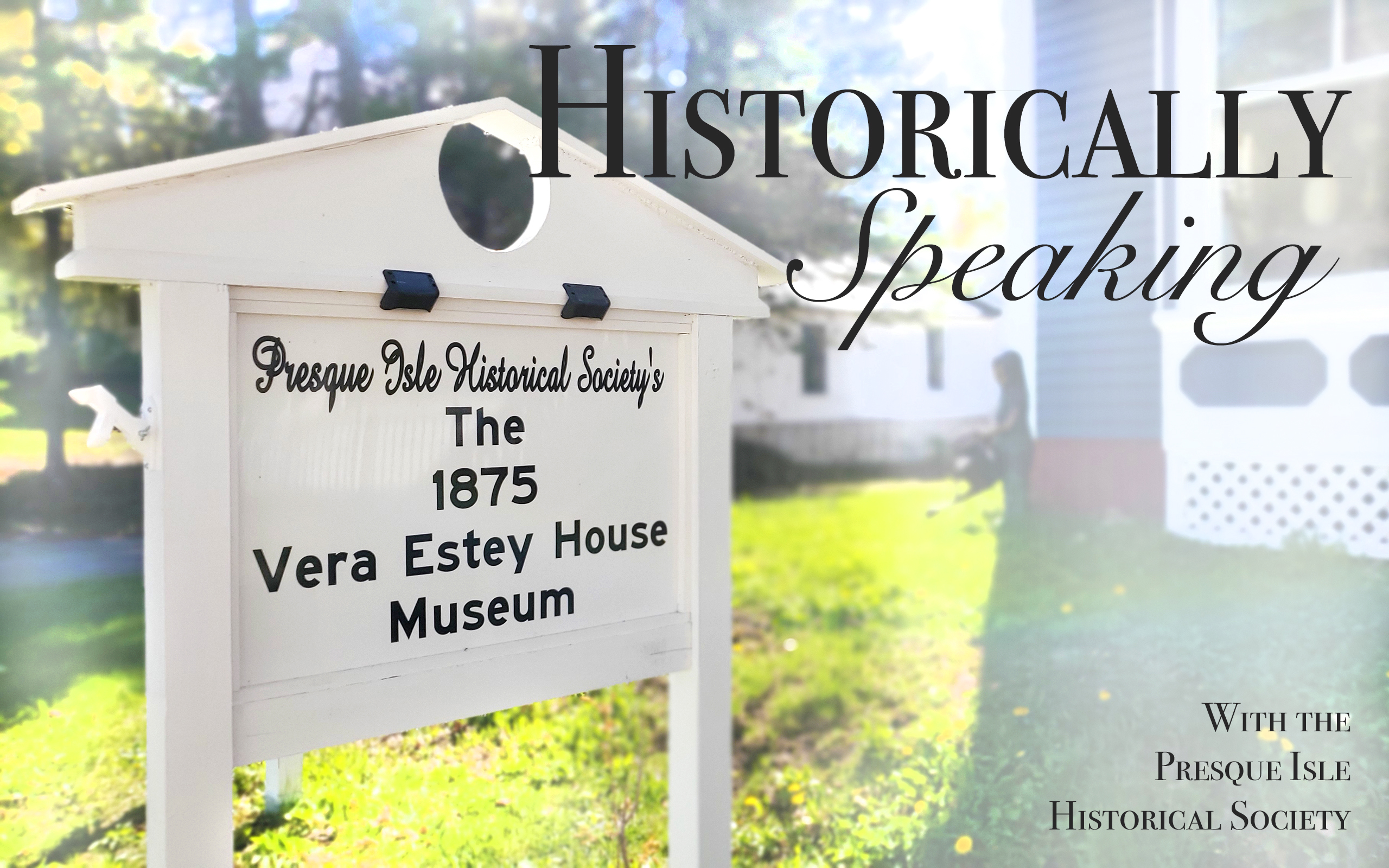International Hat Day is Nov. 25. I suppose there are a few of us still around who remember our grandmothers wearing hats to church. Hats have long been important to society. Of course, one reason is that they were (and still are) practical for many things. Hats keep the sun or rain off of our heads and, in cold weather, help us stay warm.
In many cases, hats were worn as part of the religious ritual to signify respect and as a demonstration of respect to God, as well as to showcase commitment to one’s faith and cultural identity.
Hats or head coverings have also been worn to demonstrate wealth, status, or profession. For wealth and status, think of crowns on monarchs and powdered wigs on our forefathers. As for profession, one can perhaps remember the nurses’ hats from the 1950s, or the train conductors’ hats such as that most recently made popular in the Polar Express book and movie.
Hats have even been a source of controversy. For centuries, ostrich plumes were worn on hats as decoration, especially by prominent men. By the 1600s, women of means had adopted this tradition. By the 1890s, women were wearing whole bodies of birds on hats and clothing.
For the Victorians, symbolism was pervasive. Symbols were used to convey emotions in jewelry and fashion. In addition, symbols showcased newfound wealth. Birds such as the swallow were frequently seen in jewelry and postcards of the time to symbolize wanting your loved one to return home safely and faithfully. Birds on hats symbolized femininity.
In 1886, noted ornithologist Frank Chapman, while walking through Manhattan, observed 700 ladies’ hats, of which 525 were topped by birds and feathers. Of these, 40 varieties of birds were represented. No one understood at the time that birds, and thus their feathers, were not unlimited. By 1900, legislation began to be passed protecting birds. Fortunately, legislation and a new popular bob hairstyle for ladies in the 1920s ultimately did away with these extravagant hats. Plain slouch hats and “cloches” were then adopted as high fashion.
Society did not look kindly on those without hats in public, even in the 1940s. The hat as a fashion statement pretty much disappeared by the 1970s. It might have been due to the change in hairstyles or perhaps women no longer wishing to be told what to do and what to wear.
Anyone who knows me knows my fondness for the Victorian Era and that I can often be found in costume complete with a Victorian tea hat. Personally, I wish people wore hats more often today as I found them to be classy and stylish. Just think of a young Jackie Kennedy during the Camelot White House days.
For more information, contact Presque Isle Historical Society by calling 207-762-1151 or by emailing pihistoricalsociety@hotmail.com.
Kimberly R. Smith is the secretary/treasurer of the Presque Isle Historical Society.








